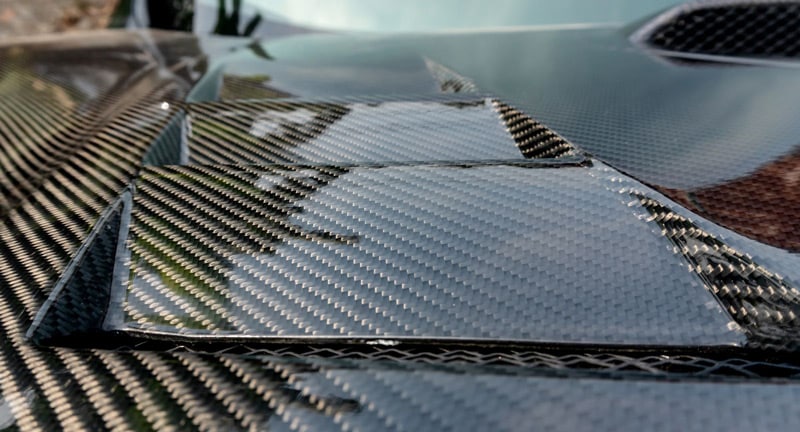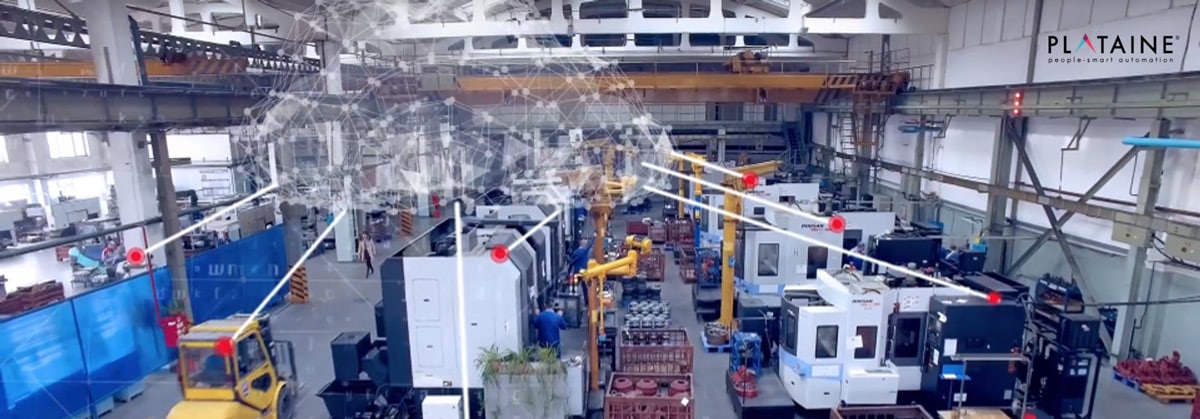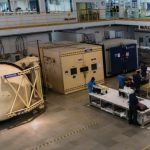Glossary
What are Composites in Manufacturing?
Modern manufacturing is a dynamic world. It is where innovation is the driving force and efficiency is the demand of the hour. It requires continuous evolvement to get desired results in the best way possible. So, manufacturers keep coming up with more powerful solutions every day. One such game-changer is “composites.”
It involves combining two or more distinct materials to create a product with better properties. Here, we will study the concept of composites in manufacturing. Let’s learn the benefits of composites in manufacturing and their relevance in today’s industrial landscape.
What are Composites?
Composites are crafted by blending two or more distinct components. When different components with unique properties are combined, the final product has enhanced physical and chemical properties.
The blend of different materials in composites channels their strengths while nullifying their weaknesses. This results in a final product that offers a balance of desirable traits. Composites can be tailored to meet specific requirements, making them invaluable across diverse industries.
How are Composites Manufactured?
Various methods are employed to create composite materials. Each of these techniques brings precision and benefits to the process. Here are some key methods used to manufacture composites:
Layering
Layering is a fundamental technique in composite manufacturing. Different materials, like fibers and matrix substances, are systematically arranged in layers. These layers are then bonded using powerful adhesives. This approach allows the resulting composite to utilize the individual properties of each layer, resulting in a robust and versatile material.
Molding
In molding, composite materials are placed within a mold and subjected to controlled heat and pressure. This process fuses the materials, shaping them into the desired form. It results in a refined blend of materials that embodies both functionality and resilience.
Fiber Placement
Fiber placement involves precisely positioning individual fibers onto a surface. These fibers are then infused with a matrix material to create a composite structure. Fiber placement ensures that the resulting composite is tailored to meet targeted requirements.
Resin Infusion
In resin infusion, dry fibers are laid within a mold, and resin is introduced to saturate the fibers completely. The resin-fiber combination is then cured to solidify the composite. This method is ideal for intricate shapes and structures. This method creates a homogenous and durable material.
Benefits of Composites
Composites bring together the best qualities of different materials, resulting in a final product with exceptional benefits, such as:
Strength and Lightweight
Composites are renowned for their remarkable strength-to-weight ratio. They are much lighter than traditional materials like metals, yet they possess comparable or even superior strength.
Customizability
The flexibility of composites allows manufacturers to tailor their properties to specific needs. By selecting the right combination of materials and adjusting their ratios, composites can be customized to achieve desired levels of strength, flexibility, or other features.
Corrosion Resistance
Unlike metals that can rust or degrade over time, many composites exhibit natural corrosion resistance. This property extends the lifespan of composites, making them suitable for environments with moisture or chemical exposure.
Durability
Composites offer impressive durability due to their inherent resistance to wear and tear. This reduces maintenance needs and increases the product’s longevity. It also helps save time and resources in the long run.
Thermal Stability
Composites can maintain their properties even in extreme temperatures. This makes them suitable for applications where materials need to withstand heat without losing their strength or shape.
Electrical Insulation
Many composites are excellent electrical insulators, meaning they don’t conduct electricity. This property is crucial in applications where avoiding electrical conductivity is important to prevent accidents or disruptions.
Applications of Composites in Manufacturing
Composites are used across diverse industries for their excellent properties. Some of these top industries include:
Aerospace
Aerospace composites have caused a revolution. The Boeing 787 Dreamliner’s lightweight composite structure has set a precedent, showcasing not only the materials’ weight-saving potential but also their role in reimagining air travel’s efficiency.
Automotive
Composites enable the automotive industry a passport to lighter, more fuel-efficient vehicles without sacrificing safety. Electric vehicles especially embrace composites, extending their range and performance, while traditional automobiles benefit from enhanced efficiency.
Construction
Composites are also used as construction materials, promising structures that withstand most unforgiving environments. From bridges against time and weather to buildings against corrosion, composites are building a stronger future.
Conclusion
Composites in manufacturing represent a revolutionary approach that enhances product performance and sustainability. Their remarkable benefits, diverse applications, and innovative manufacturing processes showcase their pivotal role in shaping today’s industries.
As research and development continue, we are moving towards a future with more environmentally friendly composites and less composite waste. Thanks to sustainable composite manufacturing, we are marking a significant step forward in modern manufacturing.
Learn more
Proactive Intelligence In Manufacturing







